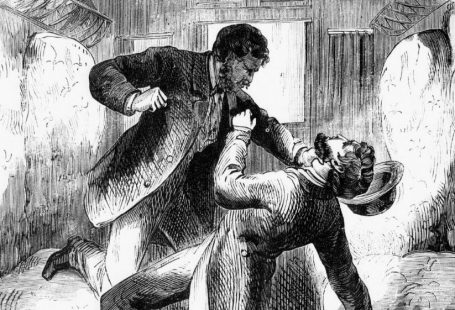In this our latest animal-themed blog, we take a look at the extraordinary story of Tirpitz the pig. A shipwreck survivor, and charity fundraiser, we look through our newspapers to tell her remarkable and unlikely story.
Register now and explore The Archive
Tirpitz and friend | Daily Record | 24 March 1916
The tale of Tirpitz begins on board the SMS Dresden, a light cruiser of the German Imperial Fleet. Pigs were often kept on board battleships to supply fresh meat, but in a strange set of circumstances Tirpitz managed to escape her expected fate.
Birmingham Daily Gazette | 16 March 1915
The SMS Dresden had been involved in the Battle of the Falkland Islands, where the British fleet had emerged victorious. But the Dresden was faster than the British ships, and managed to escape. However, two British battleships, the HMS Glasgow and the HMS Kent, located her in Cumberland Bay, off the coast of what is now known as Robinson Crusoe Island, 670 km west of Chile.
The Germans decided to scuttle their own ship, and poor Tirpitz was left on board. She managed to swim clear to safety, and was picked up by an officer from the HMS Glasgow, whilst her former shipmates made it to shore. Frightened, Tirpitz nearly drowned her saviour, but she was warmly welcomed by the crew of the Glasgow, who ended up making her their mascot.
Tirptiz on board the HMS Glasgow | Daily Record | 12 November 1915
And this is where Tirpitz’s notoriety began. Writing in the Daily Mirror some forty years later, L.R. Bradley from the Imperial War Museum recalls how Tirpitz was originally known as Dennis, and was male – but other reports refer to Tirpitz as a ‘she.’ Whatever the truth of Tirptiz’s gender, she was eventually named after Alfred von Tirpitz, the German Admiral.
When HMS Glasgow returned to Britain, L.R. Bradley writes how ‘Regulations then in force against swine fever were waived so that Tirpitz could be disembarked.’ The ship’s captain produced a certificate which stated how ‘Tirpitz had not been contact with other swine during the previous year on board the ship.’
Sent first to Whale Island Gunnery School, it was then decided that Tirpitz could be put to better use – namely, raising money for charity.
The Aberdeen Press and Journal on 13 December 1917 reports how at Chester, ‘Messrs Knight, Frank and Rutley offered the Cheshire estates of the Earl of Shrewsbery and Talbot.’ But also on offer at the auction was Tirpitz, who was ‘sold for the benefit of the Red Cross Society.’ Tirpitz made ‘400 guineas,’ and was sold to the Duke of Portland.
Aberdeen Press and Journal | 13 December 1917
A month later, and the Taunton Courier, and Western Advertiser reports how Tirpitz is ‘at present collecting money north of the Tweed,’ as she continued on her fundraising tour of Britain. The article explains how the money made by Tirpitz’s sale was going to the Agricultural Relief of the Allies Fund, of which the Duke of Portland was president. The fund aimed to restore ‘Allied farmers to their lands devastated by the enemy.’
In February 1918, Tirpitz appeared at another sale, this time at the Ayr Red Cross sale. The Leeds Mercury even printed a picture of the ‘famous porker’ being inspected by the Marquis and Marchioness of Ailsa. Tirpitz bettered her price here, raising a grand total of £840 for the Red Cross and the Agricultural Relief of the Allies Fund.
Tirptiz the Pig | Leeds Mercury | 11 February 1918
Tirpitz was again sold at the Nottingham Patriotic Fair, raising £505. But in 1919, Tirpitz passed away. The Duke of Portland, who had bought her many times over, arranged to have her head stuffed, and sent to the Imperial War Museum.
The Sunderland Daily Echo and Shipping Gazette tells of how the Imperial War Museum, in 1926, were arranging to showcase ‘some naval relics‘ to mark Armistice Day. Chief amongst them was ‘the stuffed head of Tirpitz.’
The Western Morning News in 1943 reports how Tirpitz lived on in the ship that saved her life. The HMS Glasgow carried ‘a pair of silver-mounted carvers made from the trotters of a German pig called Tirpitz.’
Western Morning News | 27 March 1943
Tirpitz’s story is truly a remarkable one – of survival against all of the odds. Her celebrity was put to good use in raising £1,785 for charity, a not inconsiderable sum, amounting to £50,000 in today’s money. This pig from Germany, destined for the pot, instead found herself in the South Pacific, mascot to a British warship, owned by members of the British aristocracy, before finding her final resting place in the Imperial War Museum.
Discover more incredible stories on the British Newspaper Archive here.











